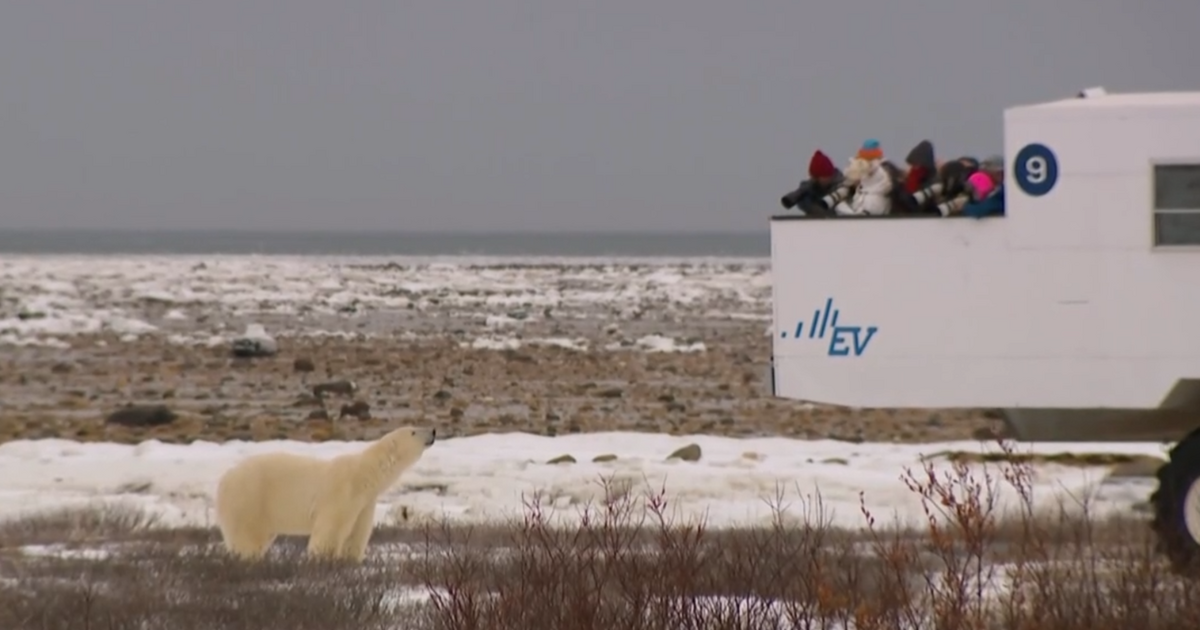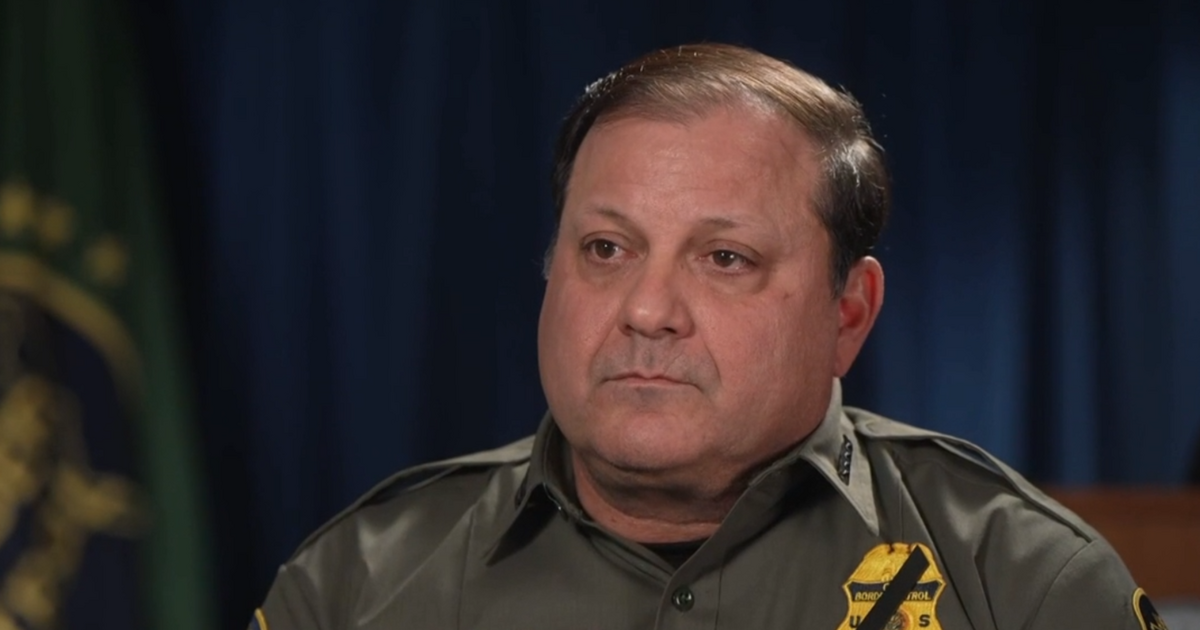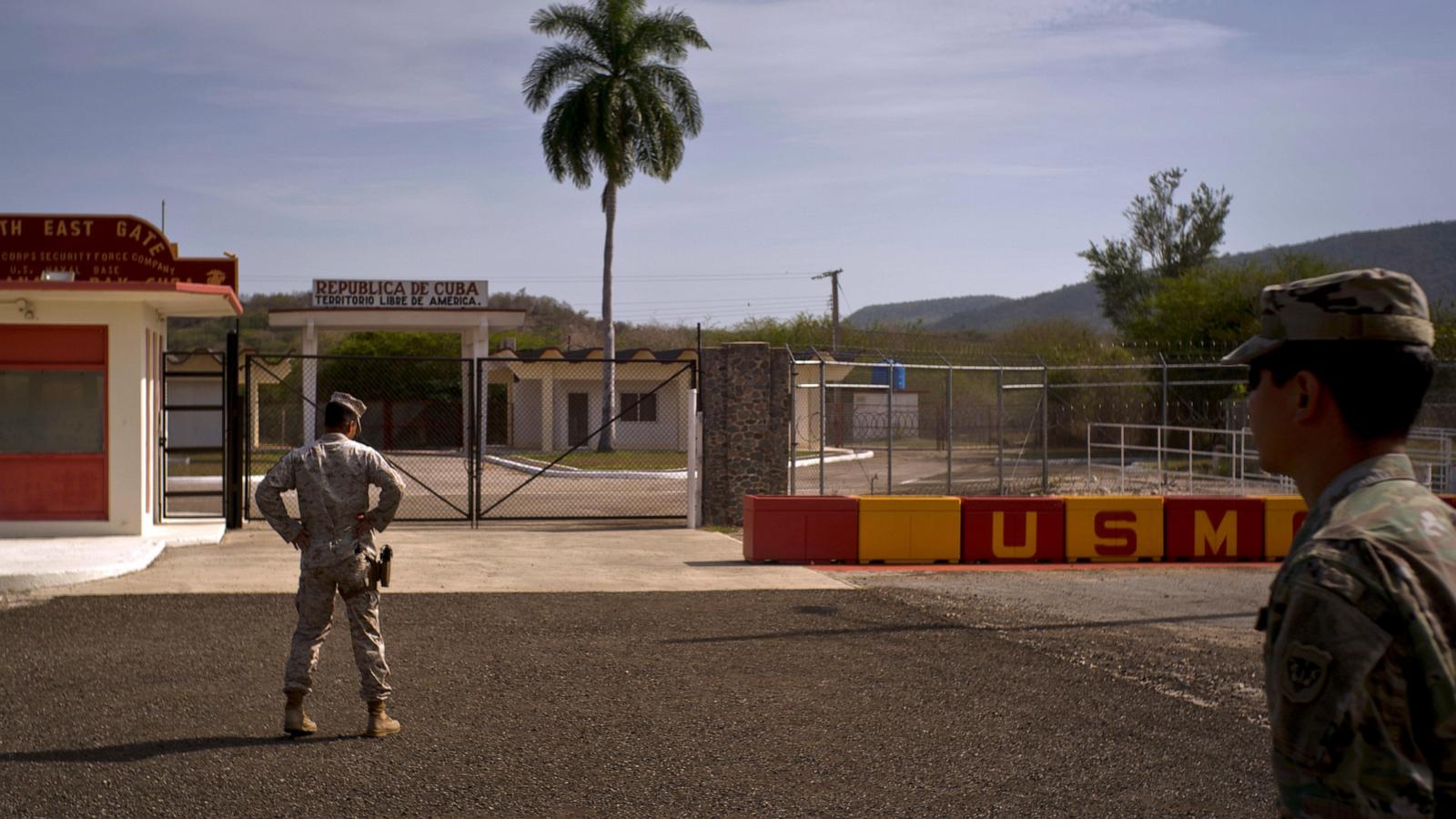Polar bears under threat as glaciers melt faster
Churchill, Canada — Here on the edge of the Arctic in northern Canada, the annual migration of polar bears draws tourists, photographers and scientists like Geoff York.
Buggies traverse the frozen terrain, bringing tourists closer to something truly wild. The polar bears pass through Churchill, Manitoba, hoping to catch a ride out of the tiny town on Hudson Bay’s sea ice.
After a summer of fasting on land, the bears need to get back to their frozen home to hunt seals and bulk up.
“They’re just dreaming of ice and being back out there,” said York, senior director of research and policy with the conservation group Polar Bears International.
But this migration ritual is changing. The Arctic is warming nearly four times faster than the rest of the globe, according to a study published in 2022 in the journal Nature.
“The Arctic is one of the fastest warming regions in the planet,” said Flavio Lehner, chief climate scientist for Polar Bears International and assistant professor at Cornell University, who explains that it’s melting the sea ice that bears depend on.
“It’s important, because it’s a complete transformation of the ecosystem,” Lehner said.
The Western Hudson Bay polar bears are off the ice for a month longer than their parents and grandparents. That hurts their hunting and ability to have healthy cubs that make it to adulthood.
It’s a change that has cut this population by up to half in 40 years, according to Polar Bears International.
“It’s actually hard to find other places, maybe other than places maybe that have been deforested in the Amazon, where you see such a stark change,” Lehner said.
And what happens in the Arctic trickles down to all of us.
“If the sea ice disappears, the Arctic will warm faster and the planet will warm faster,” Lehner said.
That ice can be thought of like the Earth’s air conditioner. It reflects light and heat away from our waters. Without it, the sun is absorbed and warms the oceans.
Scientists say to slow the melting, we need to significantly cut emissions from fossil fuels.
“The Arctic is just an indicator for me of what’s likely to come to all of us,” York said. “It’s nature’s way of telling us we need to do something.”










